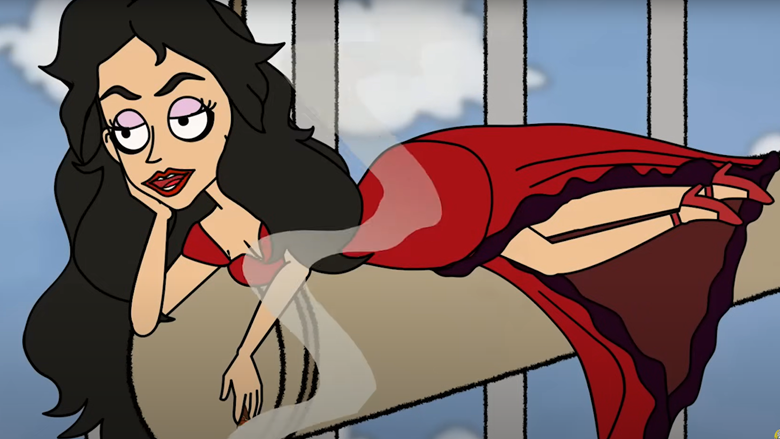'It’s the human stories that bring music into the modern age' - Creating Classics Explained
Ben Levy
Wednesday, April 3, 2024
Music enthusiast Ben Levy shares the journey to creating animated videos of iconic classical music stories, and now hitting over three million views on YouTube

The latest video, Carmen
Entering the world of classical music can be pretty intimidating. It’s not just the infinite, endless tracts of wordless music or the rituals surrounding the performances. The expectations of prior knowledge make it a fraught experience for the uninitiated. The faux-pas of clapping between movements is just the start of the numerous pitfalls facing anyone trying to engage in this daunting experience. Possibly the most belittling of all is trying to decipher the humble programme note.
What is the mixolydian mode and why should I care that the second movement ends with a tierce de picardie? I don’t. And why should I? And why should anyone else? In fact, they don’t – certainly not Generation Me.
An aversion to programme notes was the impetus to start Classics Explained, a YouTube channel which takes the 'stuff' out of 'stuffy'. Classics Explained sheds reverence and brings to everyone, young and old, the trials and tribulations of the composers who burned the midnight oil for their art.
It soon occurred to me that what usually piques the interest of the listener is not just the music, but the backstory. Sometimes hilarious, frequently sad, and often less than mundane, it’s the human stories that bring the music into the modern age. And for that, my chosen medium had to be animation; giving this elevated artform the Horrible Histories treatment.
'A day job in the law, and a background in art history was all the preparation I needed to draw back that curtain'
Always irreverent – and hopefully a little informative – Classics Explained doesn’t tell you how to feel when you listen, but just how to open your ears. Using animation from Jo Luping’s excellent Siung Studios in Sabah – a government-funded initiative to train young artists in learning their trade – and the executive production efforts of Antony Guscott from Sprinkles on Top and Jesse Stevens, we aim to keep those ears prised open and pinned back.
Starting some six years ago as a passion project, the process remains the same. After the first three or four animated films, I realised that our direction had to be governed by what our viewers wanted to hear, see and understand. You tell me what pieces you’ve always wanted to explore, I immerse myself in the research and then write and voice the episodes. They are slickly mixed by audio bod (now of Emmy-winning Disney fame) James Shirley.
Who would have thought that a hundred years after its premiere – half-improvised and initially conceived in a smoky New York billiards hall – Rhapsody in Blue would have its birthing pains laid bare in our animated take on Gershwin’s unparalleled masterpiece? Did you know that Rachmaninoff dedicated his Second Piano Concerto to his therapist as he moved from misery to melody?
Or that Edward Elgar – driven to despair by his worthless, brattish students – was encouraged by his wife to write the Enigma Variations as a parody on each of their friends? Or that Saint-Saëns, in the first performance of Carnival of the Animals, insisted on humiliating his musicians by making them wear animal masks? And just what is Wagner’s Ring Cycle about?
Our latest episode, Carmen, is a 17-minute whirlwind introduction to this feisty feminist icon, exploring how Bizet stole the tune for his legendary Habanera and which his leading lady made him fourteen times over.
Above all, it’s our audience we thank for guiding us in the direction of the pieces that most excite them. 71,000 subscribers later, three million views on, and a solid demographic which covers all ages – intriguingly the majority under the age of 35 – Classics Explained continues to share our passion with many people in many places, who clamour for more.
We want our audience to love and adore classical music as much as we do. To understand that there’s nothing outmoded, intimidating or elusive behind its silver-haired curtain. My only classical grounding is in piano and clarinet, but a day job in the law, and a background in art history was all the preparation I needed to draw back the curtain and fall into that world of wonder.
Classics Explained is on YouTube, Spotify, Facebook and Instagram. classicsexplained.com
Watch the latest video on Bizet's Carmen below









